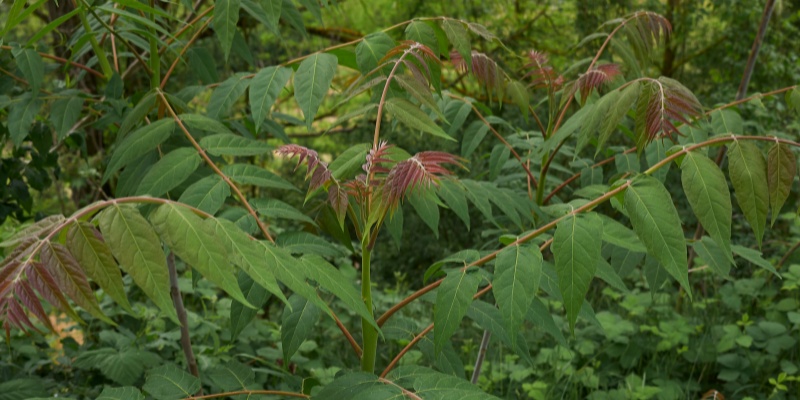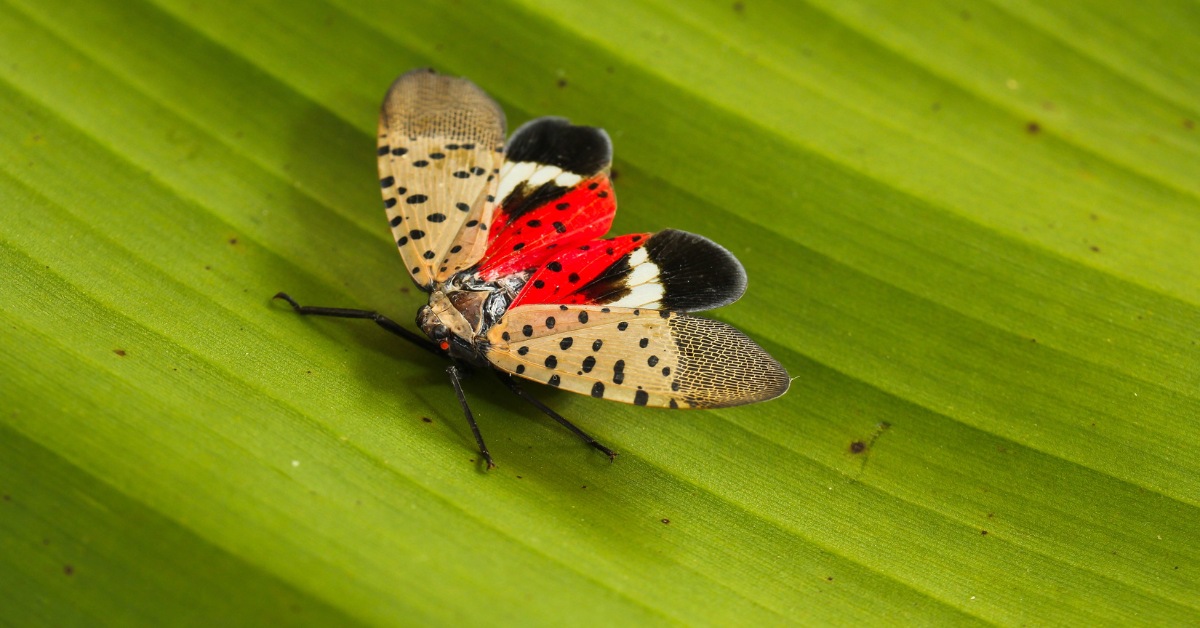How to Get Rid of Spotted Lanternfly
The Spotted Lanternfly (SLF), an invasive species native to parts of China, Bangladesh, and Vietnam, has become a significant pest in recent years. Its rapid spread and the damage it causes to crops have alarmed farmers and homeowners alike. This article aims to provide a thorough understanding of the SLF and offer various methods to control and eradicate it.
The Spotted Lanternfly was first detected in the US in Pennsylvania in 2014. Since then, its population has expanded, causing concern among agricultural and environmental departments. The insect, while visually interesting with its vivid patterns, poses a severe threat to native species and crops.
SLFs go through four stages: egg, nymph, and adult. They lay their eggs in the fall, which hatch into nymphs in the spring. By mid-summer, they mature into adults and begin their reproduction phase. During their nymph stage, they’re black with white spots, changing into red and then developing wings as adults.
SLFs primarily feed on plant sap. This weakens the plant and leaves a sticky residue known as honeydew. This honeydew promotes the growth of sooty mold, further damaging the plant. Among their favorite targets are grapes, hops, and hardwood trees. The economic impact, especially on the wine and logging industry, can be considerable.
Prevention
Egg masses resemble smudges of gray mud and can often be found on smooth surfaces like vehicles, furniture, and even stones. Regularly inspecting and scraping off these masses can prevent a large population from hatching.
Given that SLFs can travel by hitching rides on goods and vehicles, it’s vital to check items before moving them. Especially if you’re in a quarantine zone, inspecting and cleaning are essential to prevent the spread.
DIY Natural Ways to Battle the Lanternflies
1. Control the Tree of Heaven



The primary attraction for lanternflies, the tree of heaven (Ailanthus Altissima), should be removed. These invasive trees, growing up to 8 feet in just one year, can be a significant factor in infestations. Once chopped, apply undiluted herbicide to stumps to prevent resprouting.
2. Vinegar
Spraying raw apple cider or white household vinegar directly on nymphs and adults is an effective method. However, ensure it doesn’t harm desired plants.
3. Insecticidal Soap
Spraying a solution on infested areas kills lanternflies. Combining insecticidal soap with apple cider vinegar in a mason jar hung nearby attracts and exterminates the pests.
4. Vacuum Them
Simply vacuum nymphs and dispose of them for a non-toxic removal method.
5. Soap and Water
A mix of 1/4 cup liquid soap, a tablespoon of vegetable oil, and a quart of water can be sprayed directly on SLFs to suffocate and kill them.
6. Neem Oil
Neem oil is a natural pesticide. While it doesn’t kill on contact, it prevents lanternflies from feeding, causing eventual death. Mix 4 teaspoons of neem oil with 2 teaspoons of liquid soap in a gallon of water and spray directly on lanternflies.
7. Sticky Wraps
Using sticky bands around trees can trap climbing nymphs. Cover the sticky surface with mesh to protect beneficial wildlife.
8. Diatomaceous Earth
A dehydrating agent, diatomaceous earth, can be applied using a plastic accordion dusting canister or made into a spray with 4 tablespoons of DE in a gallon of water.
9. DIY Circle Trap
A homemade trap using netting, a funnel (like a milk jug top), and a plastic bag can effectively trap nymphs.
10. Milkweed Bait
Milkweed attracts lanternflies, poisoning them as they feed on its sap. This makes them vulnerable to predators or easy to pick and crush.
Chemical Control
Various insecticides, such as pyrethroids, neonicotinoids, and carbamates, can be effective against spotted lanternflies. However, overuse can harm beneficial insects. Always follow label recommendations and consult with agricultural extension services for guidance.
If you decide to use chemical controls, always:
- Wear protective gear, including gloves and safety glasses.
- Store chemicals away from children and pets.
- Apply during calm days to prevent drift.
How to Kill Spotted Lanternfly
Physical removal, such as hand-picking or vacuuming, is a direct and effective way to kill spotted lanternflies.
Using sticky bands around trees can trap the nymphs, while natural remedies like diatomaceous earth, insecticidal soap, and neem oil sprays can deter and kill them. Additionally, controlling their primary host, the Tree of Heaven, can reduce their numbers. Vinegar sprays can be applied directly to the pests, though caution is needed to prevent plant harm.
Chemical insecticides are available but should be used judiciously to protect beneficial insects.
It’s crucial to approach SLF control with environmentally friendly methods first, reserving chemical solutions as a last resort. In areas where SLF invasions are new, report sightings to local authorities to aid in tracking and containment efforts. Implementing a combination of these strategies can help manage and reduce the Spotted Lanternfly’s impact.
Every new sighting can provide vital information to control the spread of SLFs. Community members play an essential role in this.
Many states have online portals where residents can report sightings. These generally require photographs and details about the location. Always check with your local agricultural department for specifics.
The Spotted Lanternfly is more than just a nuisance; it’s an economic and ecological threat. By understanding its nature and habits, we can all play a part in controlling its spread. Whether through natural methods, chemical treatments, or simply reporting sightings, every effort counts.

